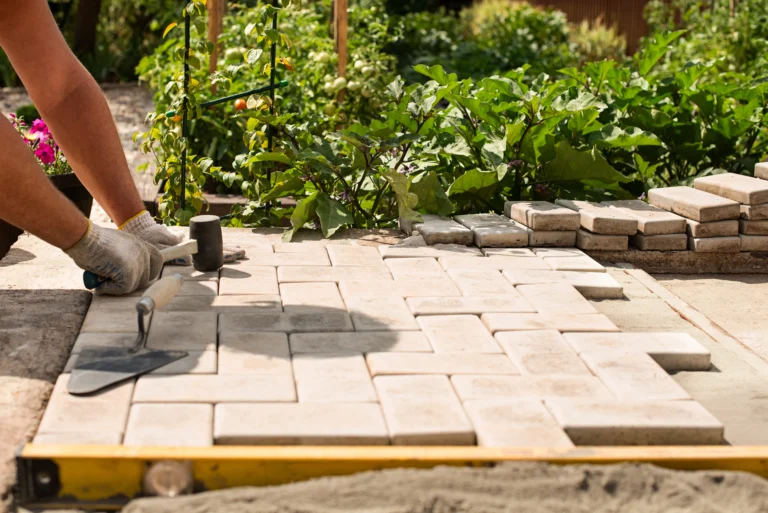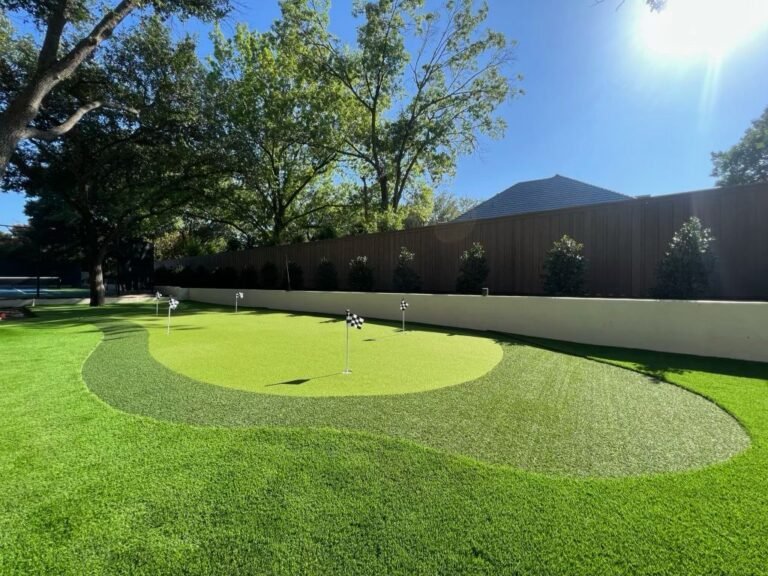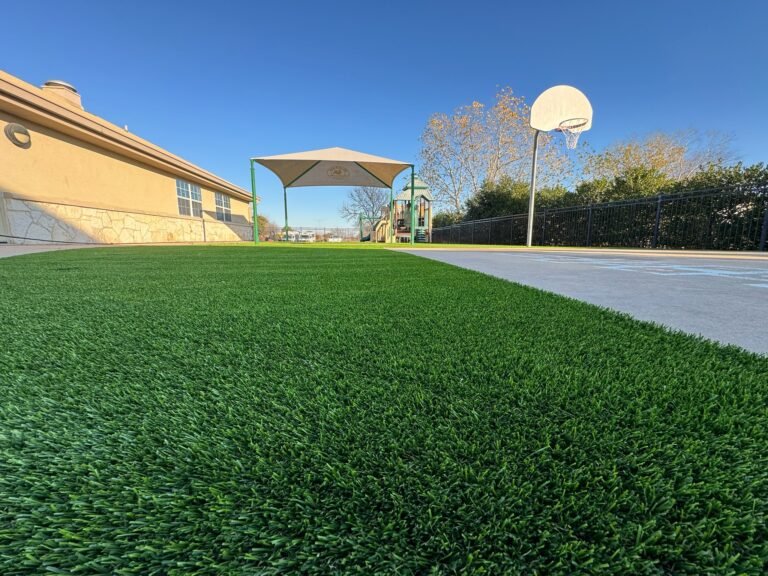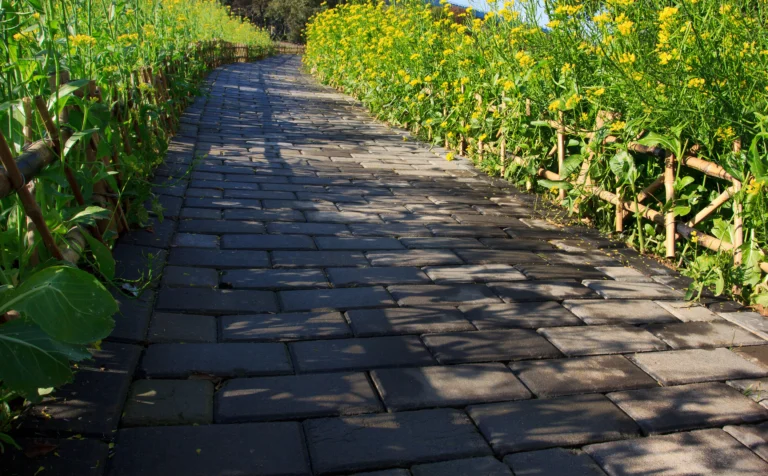How to Clean and Seal Your Patio Pavers: Expert Tips for a Pristine Outdoor Space

A well-maintained patio can significantly enhance the appearance and overall value of your home. Patio pavers, being an integral part of your outdoor living space, require proper care to ensure their long-lasting beauty and functionality. This article aims to provide you with comprehensive guidance on how to clean and seal your patio pavers, which will not only help you keep them looking immaculate but also extend their life.
Cleaning and sealing your patio pavers is an essential aspect of home improvement, as it safeguards them against various elements, such as extreme weather conditions, dirt, grime, and stains. Regular maintenance of pavers can also prevent the growth of weeds, moss, and mold, which can mar the appearance and structural integrity of your patio.
Adopting proper cleaning techniques and choosing the right sealing products can make a world of difference in ensuring that your patio pavers retain their original charm. By following the step-by-step guide presented in this article, you will be well-equipped to maintain the pristine condition of your patio pavers and take pride in your impeccably groomed outdoor area.
Preparing Your Patio Pavers for Cleaning
Clearing Debris and Assessing Your Patio
Before beginning the cleaning process, clear all debris from your patio area. Use a broom or a leaf blower to remove loose dirt, leaves, and other debris from the surface of the pavers. After clearing the debris, take a moment to assess the condition of your patio. Look for any damaged stones, grime buildup, or areas with excessive mold or weeds.
| Equipment for clearing debris | |
|---|---|
| Broom | ✔️ |
| Leaf blower | ✔️ |
Weed and Moss Removal
With the patio free from loose debris, tackle any weeds growing between the pavers. Remove them using a specialized weed removal tool or by hand, ensuring you pull out their roots to prevent regrowth. For moss growing on the pavers, use a putty knife or a scraper to gently remove it without damaging the stones.
| Techniques for weed and moss removal | |
|---|---|
| Weed removal tool | ✔️ |
| Hand pulling | ✔️ |
| Putty knife or scraper (for moss removal) | ✔️ |
Sweeping and Rinsing
Once both weeds and moss have been removed, give the patio a thorough sweep using a stiff-bristled broom to loosen any remaining dirt and grime.
Next, proceed to rinse the patio using either a garden hose with a spray nozzle or a pressure washer. Keep in mind that using a pressure washer can be more effective at removing stubborn dirt and grime, but may also cause damage to the pavers if not used correctly. When using a pressure washer, make sure to maintain a safe distance and angle to avoid dislodging or damaging the stones.
| Rinsing equipment | |
|---|---|
| Garden hose | ✔️ |
| Pressure washer | ✔️ |
By following these steps, you’ll have properly prepared your patio pavers for a thorough cleaning and sealing process.
Cleaning, Sealing, and Maintenance Techniques
Selecting the Right Cleaning Agents and Tools
To effectively clean your patio pavers, it’s important to select the right cleaning agents and tools. A mild detergent or cleaning solution is generally sufficient for routine cleaning. For tougher stains, consider using a specialized degreaser. When choosing a brush, opt for one with stiff bristles to help remove dirt and grime. Here are some recommended tools and cleaning agents:
- Mild detergent: a gentle soap-based cleaner for regular, light cleaning
- Cleaning solution: a pH-neutral cleaner for more intensive cleaning
- Degreaser: a powerful cleaner specifically formulated for removing grease and oil stains
- Stiff-bristled brush: to scrub and dislodge dirt and debris
The Cleaning Process
Follow these steps for a successful cleaning process:
- Prepare the area: Remove any furniture, decorations, and debris from your patio.
- Sweep: Thoroughly sweep the pavers to remove loose dirt and dust.
- Apply the cleaning agent: Mix the detergent or cleaning solution according to the manufacturer’s instructions and apply it to the pavers.
- Scrub the pavers: Use the stiff-bristled brush to scrub the pavers, focusing on heavily soiled areas and stains. For oil stains, apply the degreaser.
- Rinse: Rinse the pavers thoroughly with water, ensuring all cleaning agents are washed away.
Applying Sealer for Protection and Sheen
Sealing your patio pavers helps protect them from the elements and maintains their appearance. You can choose a sealer based on the desired finish, such as a gloss, wet look, or matte finish. There are two main types of sealers: solvent-based and water-based sealers, which have different drying times and levels of protection. Apply the sealer using a roller or sprayer, following the manufacturer’s instructions for coverage and equipment.
- Gloss finish: Provides a high-shine appearance
- Wet look: Enhances the natural color of the pavers and adds a subtle shine
- Matte finish: Offers a natural, low-sheen look
- Solvent-based sealers: Usually provide a durable, long-lasting finish but may take longer to dry
- Water-based sealers: Dry faster and typically have lower VOC emissions but may offer less durability
Routine Maintenance and Upkeep
To keep your patio pavers in good condition, it’s essential to perform routine maintenance and upkeep. Here are some recommendations for recurring cleaning and preventative measures:
- Sweep regularly: This helps remove dirt, leaves, and other debris.
- Wash with a mild detergent: Periodically wash the pavers with a mild detergent or cleaning solution to remove dirt and grime.
- Power washing: Use a power washer to clean more deeply, but be cautious not to damage the pavers or remove joint sand.
- Manage mildew, oil stains, and discoloration: Address issues promptly by applying the appropriate cleaning solutions or degreasers.
- Inspect joint sand: Periodically check for sand loss in the joints and refill with polymeric sand as needed to maintain stability and drainage.
By following these cleaning, sealing, and maintenance techniques, you can help prolong the life and beauty of your patio pavers.






